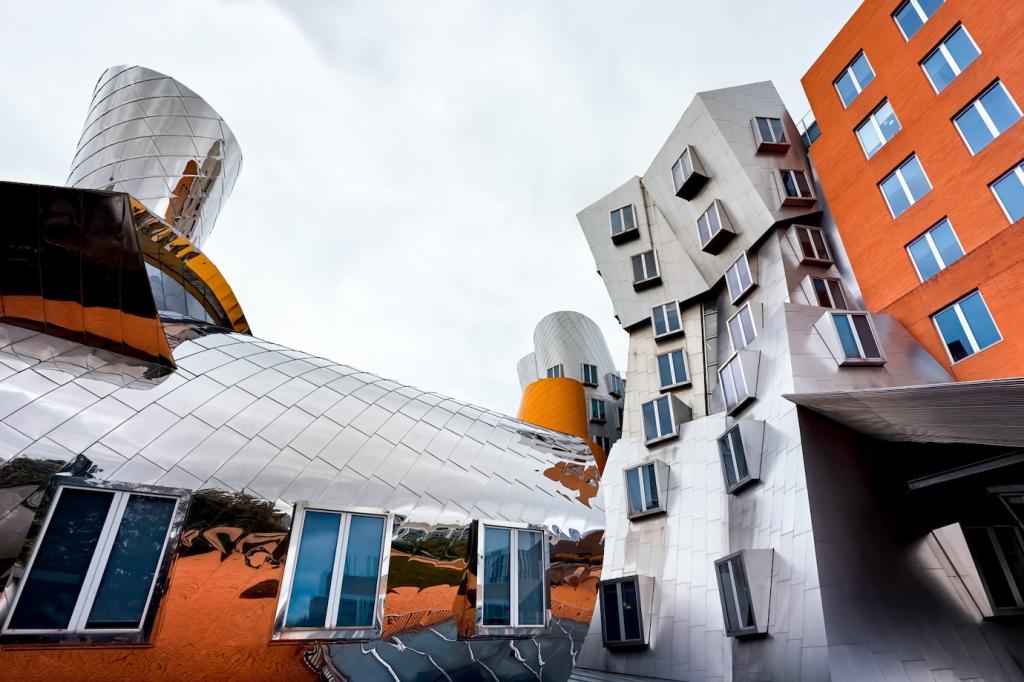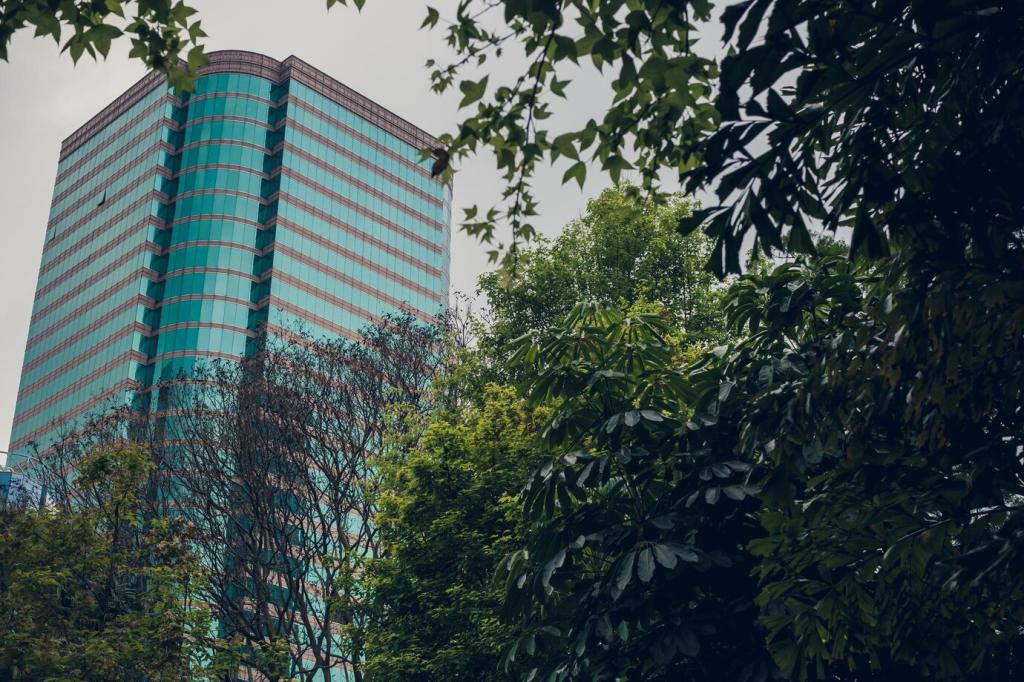
The Role of Urban Planning in Building a Sustainable Future
Urban planning is central to shaping cities and communities that thrive in the long term while respecting environmental limits and social needs. As rapid urbanization continues around the globe, strategic planning becomes more crucial in addressing climate change, resource efficiency, and inclusive growth. Forward-thinking urban planning not only responds to current challenges but also lays the foundation for resilient, equitable, and environmentally responsible cities. This page explores how urban planners play a key role in creating paths towards a sustainable future, looking into their strategies for environmental conservation, smart growth, equitable development, and lasting urban resilience.
Integrating Environmental Conservation in Urban Planning
Green spaces are indispensable in urban areas—they reduce heat, support biodiversity, and provide recreational opportunities. Urban planners work to prevent the elimination of existing parks and advocate for the creation of new green areas within city limits. By weaving parks, greenways, and urban forests into development plans, they ensure that natural habitats remain intact and accessible to all residents. This not only improves air and water quality but also enhances urban dwellers’ physical and mental well-being, further strengthening the city’s environmental resilience. Initiatives such as green corridors and rooftop gardens show how forward-thinking planning can transform concrete-dominated landscapes into vibrant, life-supporting environments.
Cities concentrate people, vehicles, and industries, increasing the risk of air and water pollution. Urban planners are instrumental in designing infrastructure that reduces these impacts. By promoting the use of public transit, bike lanes, and pedestrian pathways, traffic congestion and vehicle emissions can be reduced. Strategic placement of green buffers and water filtration systems in urban landscapes helps filter pollutants and protect water bodies like rivers and reservoirs. Comprehensive policy frameworks encourage industries and businesses to adhere to strict environmental standards, while effective zoning prevents the proximity of major polluters to residential neighborhoods. These coordinated efforts reflect the importance of pollution mitigation in sustaining healthy urban ecosystems.
Rapid expansion of urban areas often encroaches upon sensitive ecosystems such as wetlands, forests, and coastlines. Urban planning aims not only to minimize this encroachment but also to restore damaged habitats. Through careful land-use planning and environmental impact assessments, critical ecosystems can be identified and shielded from harmful development. Restoration projects, such as rehabilitating wetlands or reforesting degraded land, are integrated into city plans to encourage biodiversity and strengthen natural flood defenses. Involving communities in these restoration efforts fosters stewardship and a collective appreciation for the value of nature in urban spaces, resulting in a more harmonious coexistence between city dwellers and their environment.

Encouraging Compact and Mixed-Use Development
Compact, mixed-use development means placing homes, workplaces, shops, and services close together. This approach not only conserves land but also reduces reliance on private vehicles, making neighborhoods more walkable and vibrant. Urban planners employ zoning reforms and incentives that support higher-density housing and allow for commercial activities within residential areas. Mixed-use communities are more adaptable to change; they foster local economies and contribute to a lively urban atmosphere. By focusing development in already urbanized areas, cities can minimize the loss of farmland and natural landscapes, ultimately promoting a more sustainable urban form that supports diverse lifestyles.
Enhancing Public Transportation and Active Mobility
Efficient, accessible public transportation, combined with infrastructure for walking and cycling, is a cornerstone of sustainable urban planning. Planners advocate for investment in bus rapid transit, light rail, and integrated bike networks that connect different urban neighborhoods and suburbs. Well-designed transit-oriented developments make it easy for residents to access daily necessities without relying on cars. Active mobility infrastructure not only reduces traffic congestion but also improves air quality and public health. By prioritizing these alternatives, urban planning lessens the ecological footprint of cities and ensures equitable mobility for all residents, regardless of income or ability.
Fostering Equitable and Inclusive Communities
Ensuring Access to Affordable Housing
Affordable housing is the backbone of an inclusive city. Urban planners focus on providing diverse housing choices to meet the needs of different populations, from families to seniors to low-income households. Policy tools such as inclusionary zoning, subsidized developments, and incentives for affordable rental construction are deployed to increase housing supply and prevent displacement. By integrating affordable homes into amenity-rich neighborhoods, planners combat segregation and promote social mix. This approach creates communities where everyone can participate in economic and civic life, helping to reduce homelessness and housing instability while contributing to overall urban vitality.

